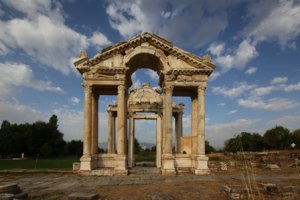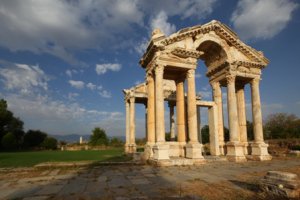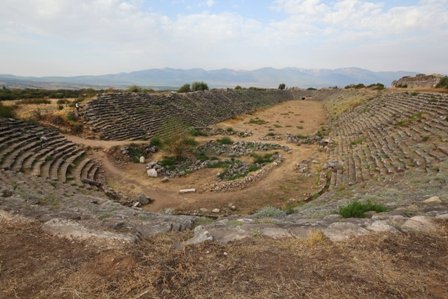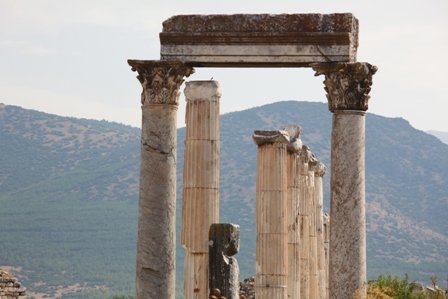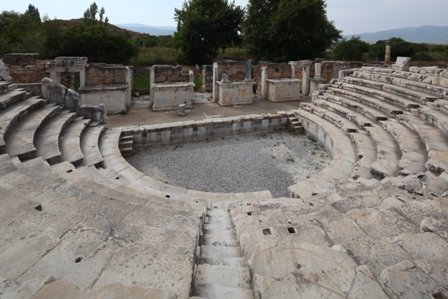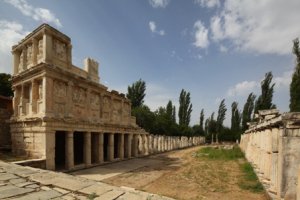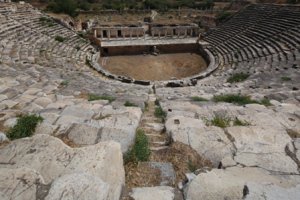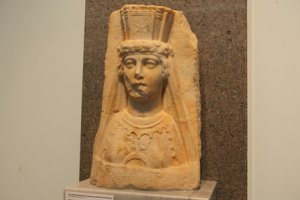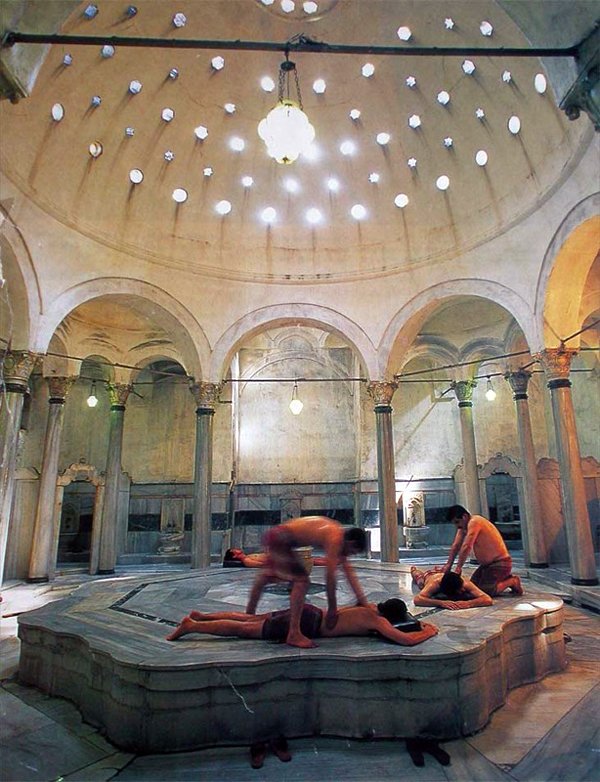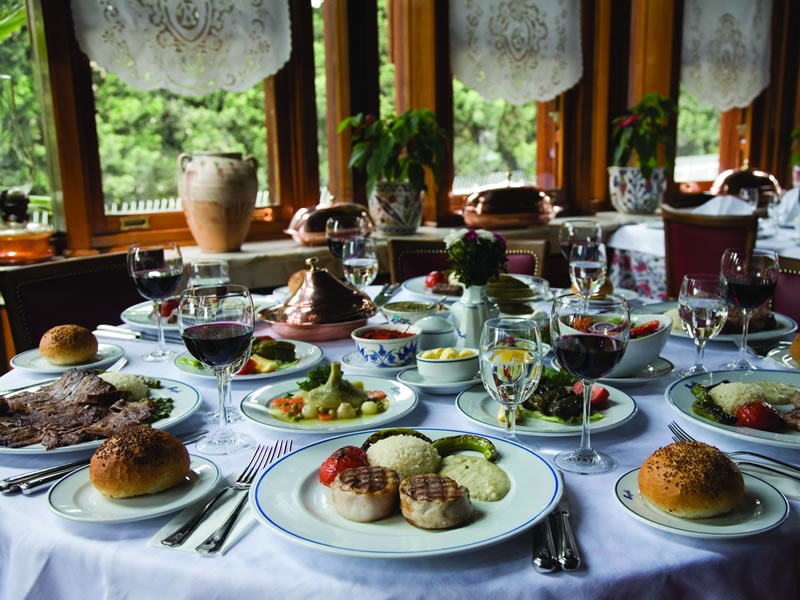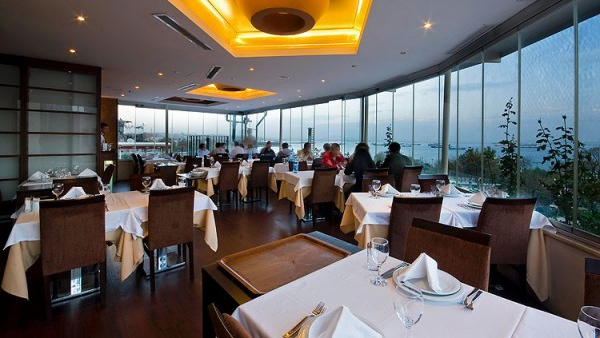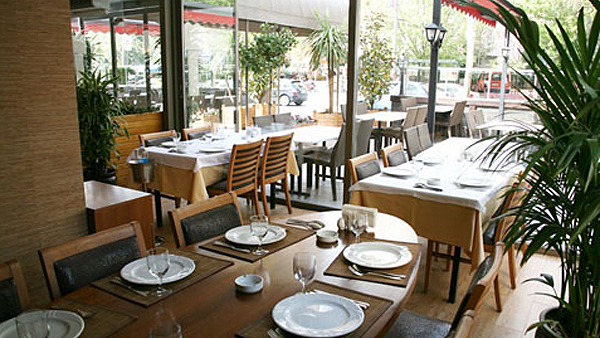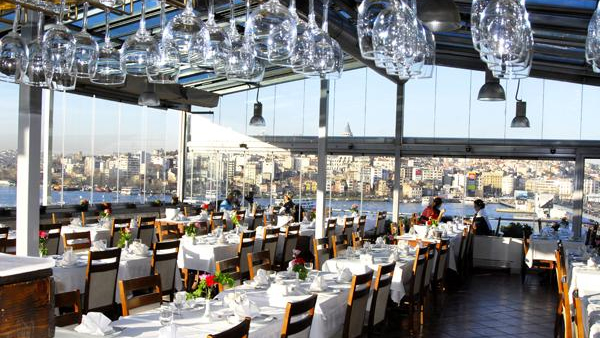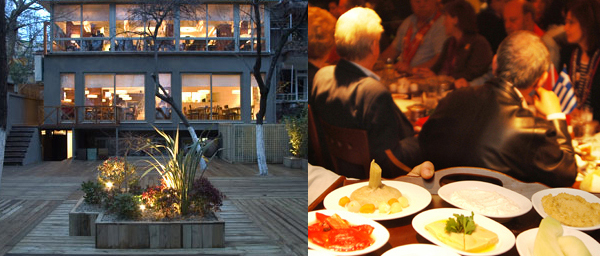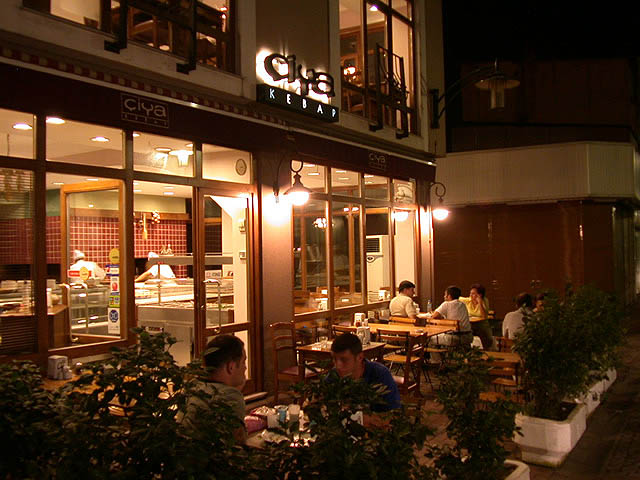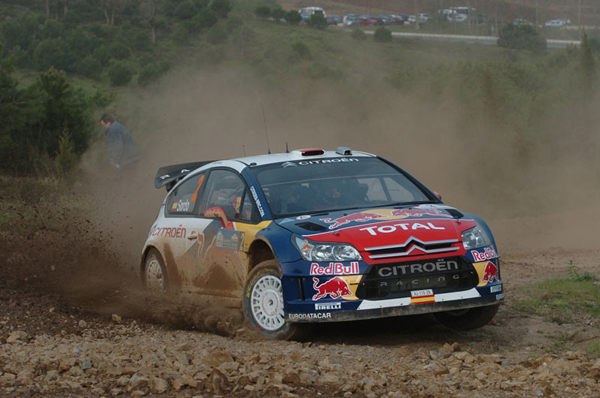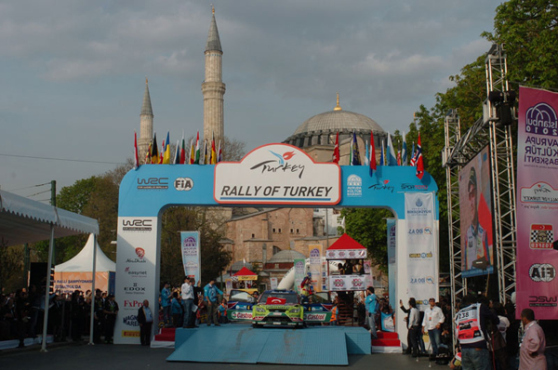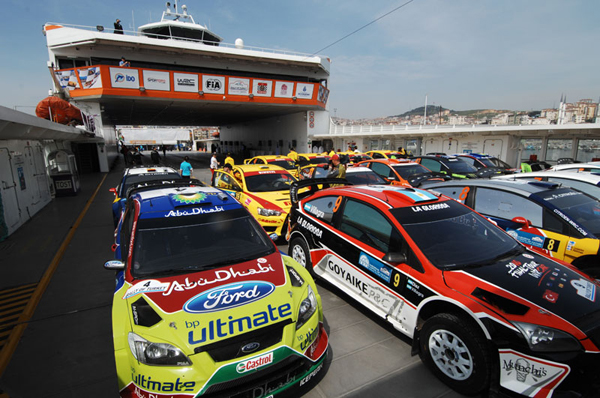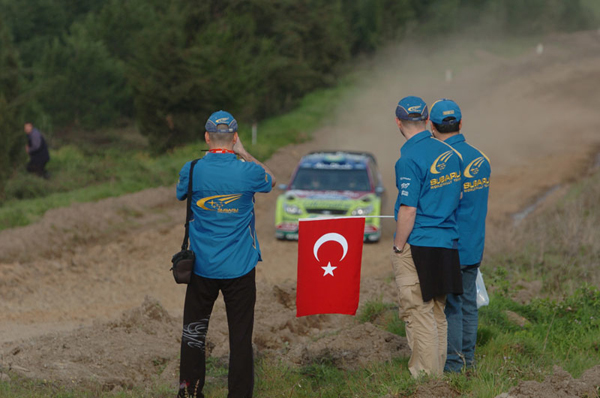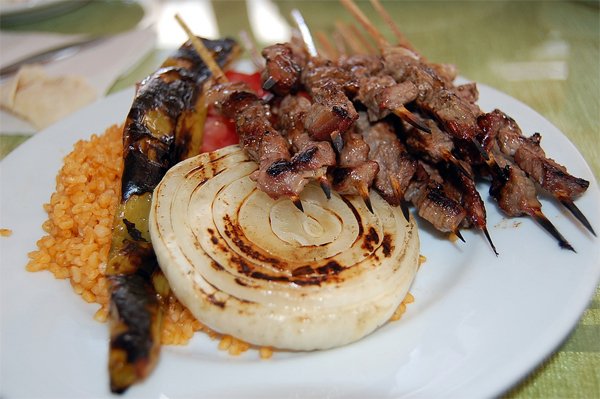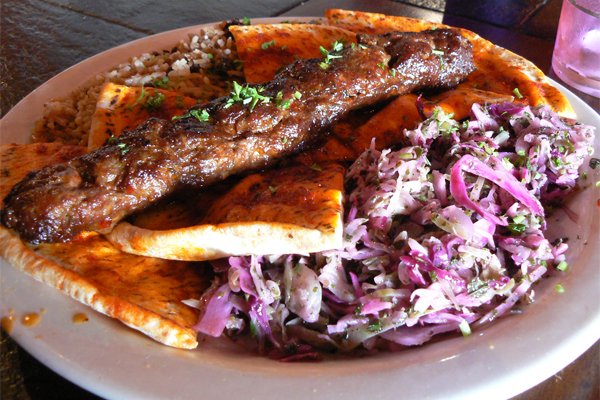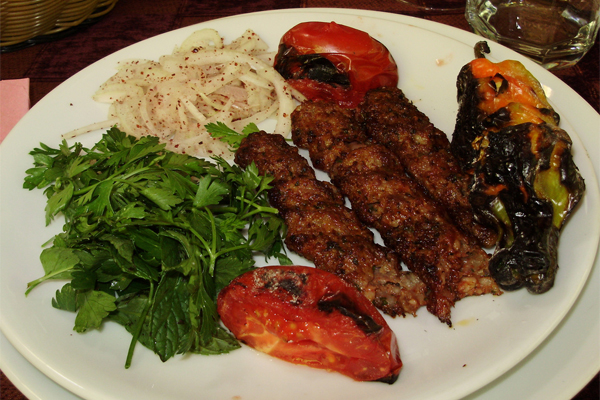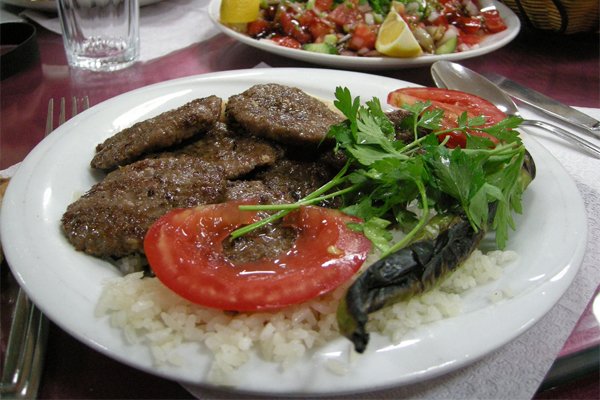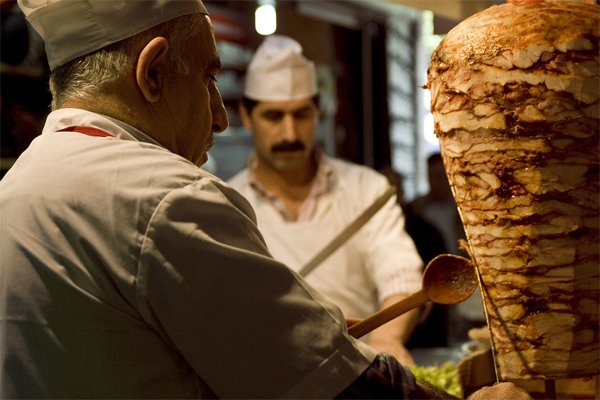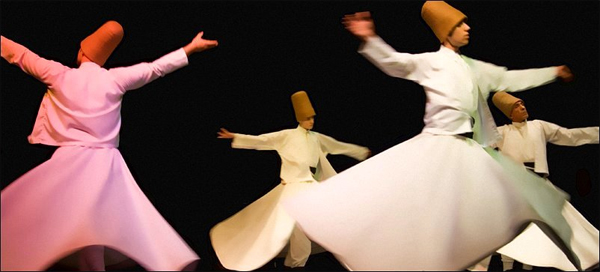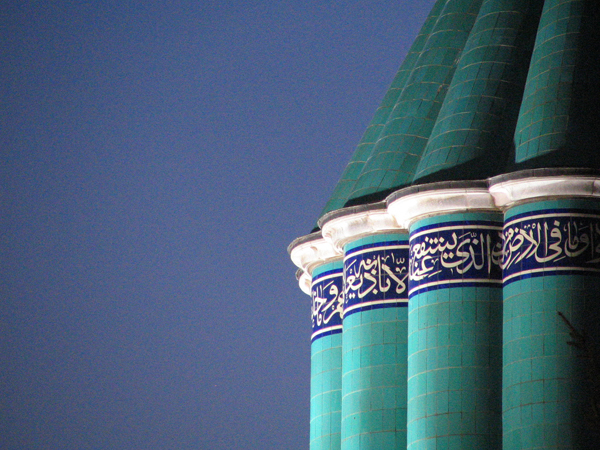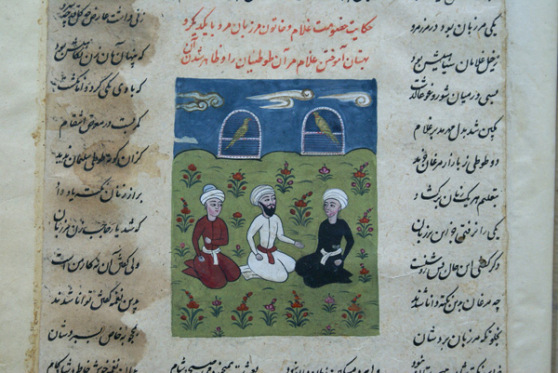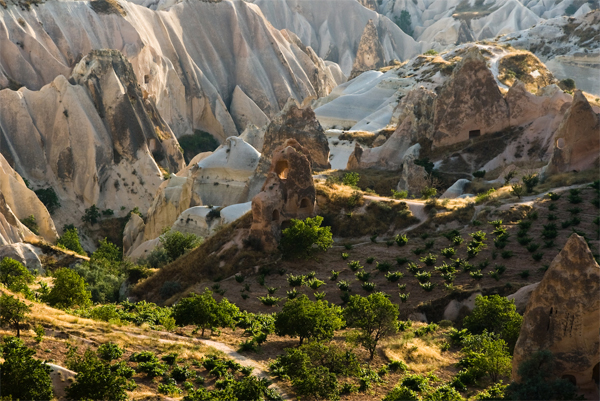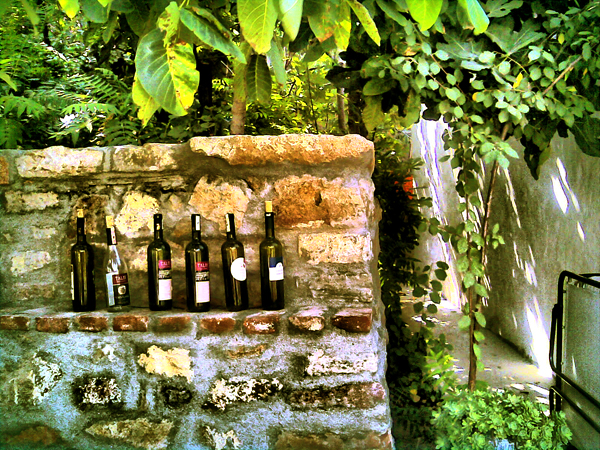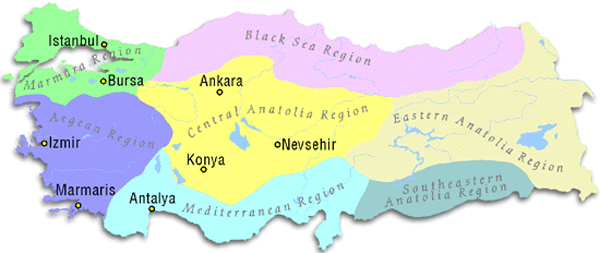IF YOU HAVE ONE DAY IN ISTANBUL
İstanbul is one of the most historical and beautiful cities in the world. Throughout history It was the capital city of the three great empires: Roman, Byzantine and Ottoman. There are so many nice things to see in addition to so many nice things to do. One or two days in İstanbul would never be enough but it is a good start.
Let’s say you are going to İstanbul with a cruise ship and you have only one day in İstanbul for a shore excursion. What should you do if you have only one day for city sightseeing or a one-day tour in İstanbul? You can join an organized tour or hire a private tour guide for a private tour of the city for your limited time. Your organized tour will save you a lot of time or your private tourist guide will be able to tailor the program according to your pacing and interests.

Here is the list of highlights in İstanbul if you are there just for one day:
-Ancient Hippodrome
-Blue Mosque – Sultan Ahmet Mosque)
-Hagia Sophia – Ayasofya – St. Sophia Church
-Topkapi Palace Museum – Topkapı Sarayı
-Grand Bazaar – Covered Bazaar – Kapalı Çarşı
Hippodrome
The Hippodrome was a stadium type building which was built for chariot races in the Roman period (second century) by Septimus Severus. Constantine the Great reconstructed, enlarged, and adorned it with beautiful works brought from different parts of the Roman Empire when he chose Byzantium as his new capital.

Although there is not much left of the original building except the Egyptian Obelisk, Serpentine, and Constantine Columns, according to the excavations carried out, the Hippodrome was 117 m / 384 ft wide and 480 m / 1575 ft long with a capacity of 30,000 to 100,000 spectators. It is said that one quarter of the population could fit into the Hippodrome at one time.
Chariots drawn by 2 or 4 horses raced here, representing the factions among the people: The Blues and the Greens. The Blues were the upper and middle classes, orthodox in religion and conservative in politics. The Greens were the lower class and radical both in religion and politics.
The remaining monuments from the Hippodrome are as follows:
The Egyptian Obelisk (Dikilitaş)
Dikilitaş was originally one of the two obelisks which were erected in the name of Thutmose III in front of Amon-Ra Temple in Karnak in the 15C BC. The Roman governor of Alexandria sent it to Theodosius I in 390 AD. The obelisk is situated on a Byzantine marble base with bas-reliefs that give some details about the emperor from the Kathisma and the races of the time. The Emperor Theodosius I, depicted on four sides of the obelisk, is watching the erection of it, watching a chariot race, receiving homage from slaves, and preparing a wreath for the winner of the race.
The Serpentine Column (Burma Sütun)
After defeating the Persians at the battles of Salamis (480 BC) and Plataea (479 BC), the 31 Greek cities, by melting all the spoils that they obtained, made a huge bronze incense burner with three entwined serpents to be erected in front of the Apollo Temple in Delphi. This column was brought here from Delphi by Constantine I in 4C AD.
The Constantine Column (Örme Sütun)
Unlike the Egyptian Obelisk, this is not a monolith but a column built of stones. Who erected it and when it was built are not known. According to the inscriptions, it was renovated and restored to have a more beautiful appearance by Constantine VII Porphyrogenitus and his son Romanus II in the 10C AD. The original column would have been from the 4C or 5C AD.
Blue Mosque (Sultan Ahmet Mosque)
Turkish people call it the Sultan Ahmet Mosque. However, visitors fascinated with the beautiful blue tiles always remember it as the Blue Mosque. It was built by Sultan Ahmed I as a part of a large complex. The complex consisted of a mosque, tombs, fountains, a health center, kitchens, shops, a bath, rooms, houses and storehouses.

Being close to the Topkapı Palace, Sultan Ahmet Mosque, for many years, was regarded as the Supreme Imperial Mosque in İstanbul. Even at the times when the palace was left and the sultan moved to the Dolmabahçe Palace, Sultan Ahmet Mosque shared this honor with the Süleymaniye.
The architect was one of the apprentices of Sinan, Sedefkar Mehmet Ağa. He designed one of the last examples of the classical period’s architectural style. The mosque is situated in a wide courtyard that has five gates. There is an inner courtyard next to the mosque with three entrances. The inner courtyard is surrounded by porticos consisting of 26 columns and 30 domes.

The interior of the mosque is a square with a width of 51.65 m / 170 ft and a length of 53.40 m / 175 ft covered by a dome. The main dome rests on four semi-arches and four pendentives. There are 260 windows that no longer have the original stained glass. The walls all along the galleries are covered with 21 thousand 17C İznik tiles having many flower motifs in a dominant blue color.
Hagia Sophia (Ayasofya)
The Hagia Sophia was probably the largest building on the world’s surface, barring the Egyptian Pyramids, or the Great Wall of China. For many centuries it was the largest church.
It was dedicated to the Hagia Sophia that means the Divine Wisdom, an attribute of Christ.

Today’s Hagia Sophia is the third building built in the same place. The first one was a basilica with a wooden roof and was built in 390 AD. This original church Megale Ecclesia (Great Church) was burned down in a rumpus in 404. Theodosius replaced it with a massive basilica that was burned down in the Nika Revolt against Justinian in 532. Justinian began rebuilding the Hagia Sophia in the same year. The architects were two Anatolian geniuses, Anthemius of Tralles, an engineer and a mathematician and Isidorus of Miletus, an architect. They started collecting materials from all over the empire. In the construction ten thousand workers worked under the supervision of one hundred master builders.
Justinian reopened it in 537, entering the Hagia Sophia with the words “Solomon, I have surpassed you!”
Throughout Byzantine history, the Hagia Sophia played an important role as emperors were crowned and various victories were celebrated in this remarkable building. The Hagia Sophia even gave refuge to criminals.
After conquering Constantinople in 1453, Sultan Mehmet immediately went to the Hagia Sophia and ordered that it be converted into a mosque.
Hagia Sophia was used as a church for 916 years and as a mosque for 481 years. In 1934, by the order of Mustafa Kemal Atatürk, it was made a museum and has since been open to visitors.
Architecture
The Hagia Sophia has a classical basilica plan and the main ground plan of the building is a rectangle, 70 m / 230 ft in width and 75 m / 246 ft in length. The central space of the Hagia Sophia is divided on both sides from the side aisles by four big piers and 107 columns (40 downstairs, 67 upstairs) between them. The space is covered with a huge dome which is 55.60 m / 182 ft high. The dome, due to earthquakes and restorations, is slightly elliptical with a diameter of 31.20 m / 102 ft on one axis and 32.80 m / 107.60 ft on the other.
Mosaics
Most of the mosaics are from the times after the iconoclastic period. In the inner narthex above the main entrance, also called the Imperial Gate, there is a 10th century mosaic depicting Jesus as the omnipotent ruler, seated upon a jeweled throne, dressed as an emperor, and making a gesture of blessing with his right hand. In his left hand he is holding a book inscribed with these words: “Peace unto you; I am the light of the world.” On both sides of Jesus Christ are two medallions, the Virgin Mary on the left and an angel with a staff on the right. Emperor Leo VI is depicted kneeling in front of Jesus.

Above the main apse is the mosaic depicting the Virgin Mary with the Infant Jesus. She is sitting on a bench with her feet resting on a stool. Her right hand is on her son’s shoulder and her left upon his knee. Jesus is raising his right hand in blessing and holding a scroll in his left hand.
In the galleries is the 13th century mosaic panel of the Deesis scene: Jesus as the omnipotent ruler flanked by the Virgin Mary and Saint John the Baptist who are shown interceding with him on behalf of mankind.
At the far end of the last bay in the south gallery is a mosaic showing Christ enthroned with his right hand in the gesture of benediction and the book of Gospels in his left hand. On the left is the figure of the 11th century Byzantine Emperor Constantine IX Monomachus offering a moneybag and Empress Zoë holding a scroll on the right. The emperor’s face in the mosaic was changed each time Zoë changed her husband. Constantine IX was Zoë’s third husband.
To the right of the mosaic of Zoë there is a 12th century mosaic showing the Virgin Mary with the Infant Jesus flanked by Emperor John II Comnenus offering a bag of gold and red-haired Empress Eirene holding a scroll. At the extension of the mosaic on the sidewall is the figure of Prince Alexius.
At the end of the inner narthex, before going out to the courtyard (today’s exit) stands the 10th century beautiful mosaic: The Virgin Mary with the Infant Jesus in her lap, on one side Emperor Constantine offering a small model of the city as he is accepted as the founder, on the other side Emperor Justinian offering the model of the Hagia Sophia as the emperor who had it built.
Topkapı Palace Museum (Topkapı Sarayı Müzesi)
The Topkapı Sarayı was the Ottomans’ second palace in İstanbul. The construction of the Topkapı Palace, including the walls, was completed between 1459 and 1478. As different sultans ascended to the throne, each added a new part to the palace. These now represent for us the different architectural tastes and styles of four centuries. The changes were made for reasons of practicality, to commemorate victorious campaigns, or to repair damage caused by earthquakes and fire.

The Topkapı Palace was never static but was always in the process of organic development, influenced by the times. The first of these influences was the parallelism between the palace and the empire. As the empire became larger, the palace was likewise enlarged. The second is that as the sultans felt insecure and withdrew themselves behind walls and removed themselves from nature, there was an attempt to bring nature inside the walls in the form of miniatures, tiles and suchlike. If late Ottoman period palaces are excluded, only the Topkapı Palace survived from the glory days of the great Ottoman Empire, which implies that palaces for the Ottomans were something different than the ones we know today. There is a kind of humble simplicity and practicality in the Ottoman palaces. The Topkapı Sarayı was a city-palace with a population of approximately 4,000 people. It covers an area of 70 hectares / 173 acres. It housed all the Ottoman sultans from Sultan Mehmet II to Abdülmecit, for nearly 400 years and 25 Sultans. In 1924 it was made into a museum.
The palace was mainly divided into two sections, Birun and Enderun. There are four consecutive courtyards of the palace; the first two are Birun, the outer palace, and the second two are Enderun, the inner palace, with the Harem.
The first courtyard that was open to the public was entered through the Bab-ı Humayun (Imperial Gate). This was the service area of the palace consisting of a hospital (with a capacity of 120 beds), a bakery, an arsenal, the mint, storage places for various things and some dormitories. This courtyard acted something like a city center.
The second courtyard, also called Divan Meydanı (Divan Square), which started after the Bab-üs Selam (Gate of Salutation), was the seat of the Divan (Imperial Council Hall) and open to anyone who had business with the Divan. This was the administration center.
In addition to the Divan there were also the privy stables and kitchens. The kitchens consist of a series of ten large rooms with domes and dome-like chimneys. In these kitchens in those times they cooked for about 4,000 people. The kitchens were used separately for different people, because different dishes for different classes had to be prepared.
In the kitchens today, a collection of Chinese Porcelain which are considered the third most valuable in the world, are on display, together with authentic kitchen utensils and Turkish and Japanese Porcelain.
Just before entering the third courtyard, in front of the third gate, the Bab-üs Saade (Gate of Felicity) or the Akağalar (White Eunuchs) Gate is the place where the golden throne was placed for all kinds of occasions, such as coronation ceremonies and religious holidays. Payment of the Yeniçeri salaries took place there also, as well as the funerals of sultans or handing over of the sancak, the standard or the flag of the Prophet Mohammed by the sultan.
The Enderun, inner palace, started at the Bab-üs Saade and was surrounded by the quarters of the inner palace boys who were in service to the sultan and the palace. The first building after entering into the third courtyard is Arz Odası, the Audience Hall. Many important ceremonies also took place there. Foreign ambassadors and results of Divan meetings were presented to the sultan in this chamber.
In the middle of the courtyard is the library of Sultan Ahmet III. On the right is a section where sultans’ costumes are shown. Next to this is the treasury section where many precious objects are displayed. Among these the Kaşıkçı Diamond (the Spoonmaker’s Diamond) and the Topkapı Hançeri (the Topkapı Dagger) are the most precious.
The holy relics are personal belongings of the Prophet Mohammed (a mantle, sword, seal, tooth, beard and footprints) and Caliphs, Koran scripts, religious books and framed inscriptions. Relics including a hand, arm and skull bones belonging to John the Baptist are also on display in this section.
In the fourth courtyard there are pavilions facing the Marmara Sea and others facing the Golden Horn. Among them are the Baghdad Pavilion and the Revan Pavilions built by Sultan Murat IV in the 17C to commemorate his victories in these two cities of Iran.
The Harem
The concept of the Harem has provoked much speculation. Curiosity about the unknown and inaccessible inspired highly imaginative literature among the people of the western world.

The word Harem which in Arabic means “forbidden” refers to the private sector of a Moslem household in which women live and work; the term is also used for women dwelling there. In traditional Moslem society the privacy of the household was universally observed and respectable women did not socialize with men to whom they were not married or related. Because the establishment of a formal Harem was an expense beyond the means of the poor, the practice was limited to elite groups, usually in urban settings. Since Islamic law allowed Moslems to have a maximum of four wives, in a Harem there would be up to four wives and numerous concubines and servants. Having a harem, in general, was traditionally a mark of wealth and power. Though the women of the harems might never leave its confines, their influence was frequently of key importance to political and economic affairs of the household, with each woman seeking to promote the interests of her own children. The most famous harems were those of the sultans.
The harem was not a prison full of women kept for the sultan’s pleasure. It was his family quarters. This was the place where the dynasty lived.
Girls in the Harem were trained according to their talents in playing a musical instrument, singing, dancing, writing, embroidery and sewing. Many parents longed for their daughters to be chosen for the Harem. Women could visit their families or just go for drives in covered carriages from which they could see out behind the veils and curtained windows. They could also organize parties up on the Bosphorus or along the Golden Horn.
When a Sultan died, the new sultan would bring his new harem which meant that the former harem was dispersed. Some were sent to the old palace, some stayed as teachers, or some older ones were pensioned off.
Grand Bazaar (Kapalı Çarşı)
During the Byzantine period the area of the Grand Bazaar was a trade center. After the Turks came to İstanbul, two bedestens formed the essence of today’s Grand Bazaar. They were built by Sultan Mehmet II between 1455-1461 in an attempt to enrich the economic life in the city. Later on, as people needed more places for their trade, they also added parts outside these bedestens. In time the Grand Bazaar was formed.

Throughout the Ottoman period, the bazaar underwent earthquakes and fires and was restored several times. Today, shops selling the same kind of merchandise tend to be congregated together on their own streets or hans, as this was originally the Ottoman system. In addition to two bedestens there are also 13 hans in the Grand Bazaar. With 18 entrances and more than four thousand shops, it is one of the greatest bazaars in the World. The atmosphere of the Grand Bazaar is very interesting for tourists and has consequently become a very popular place for foreign visitors.
Copyright © Serif Yenen – Turkey Travel Specialist (sy@serifyenen.com)
